| Vintage Pulp | Sep 26 2020 |

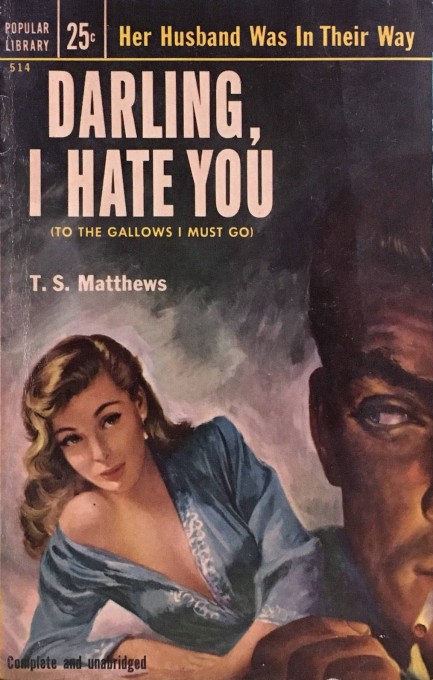
The cover of Darling, I Hate You by T.S. Matthews tells you it was originally titled To the Gallows I Must Go. We consider that too much information, but yeah, this book is about a man whose latest sexual partner wants him to kill her husband. Matthews didn't write many novels, but he built a significant career as an editor, working at The New Republic and Time before jettisoning the U.S. to live in England, where he wrote books and moonlighted as a reviewer for New York Times. However, the above debuted in 1931. He wouldn't publish a second book for more than twenty-five years. This Popular Library edition from 1953 has pretty nice art, but sadly it's uncredited.
| Vintage Pulp | Sep 2 2020 |

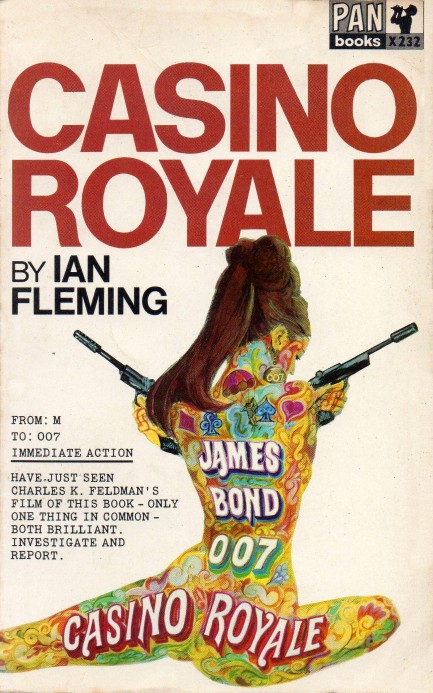
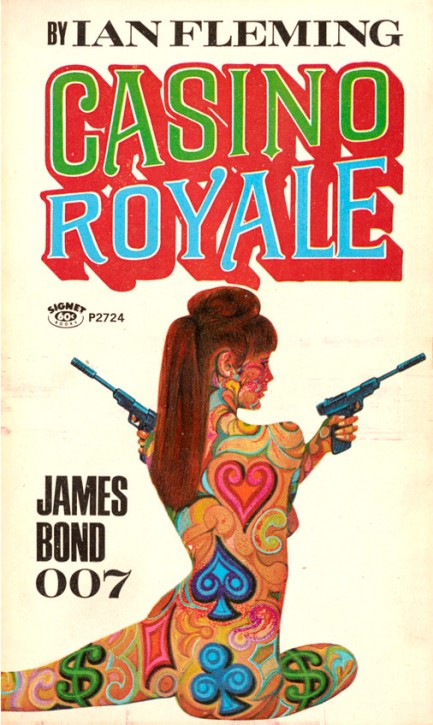
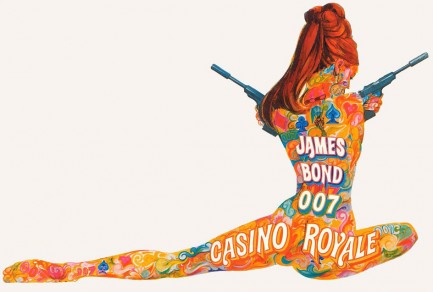
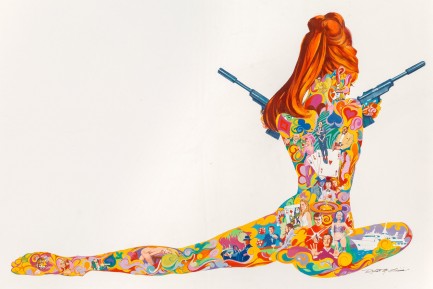
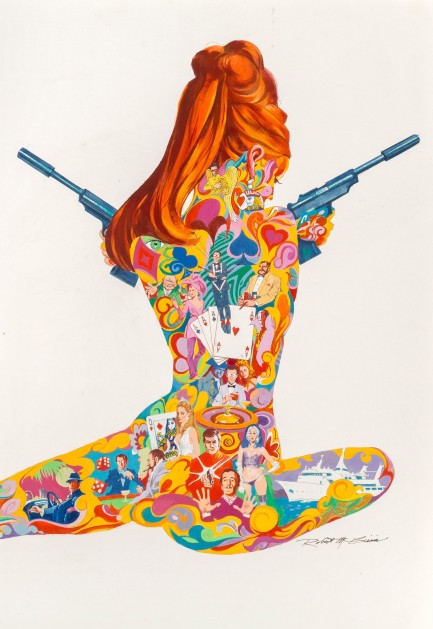
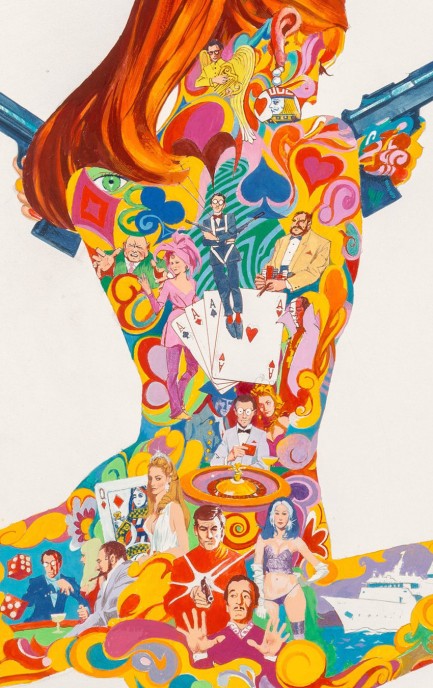
| Vintage Pulp | Jul 6 2017 |

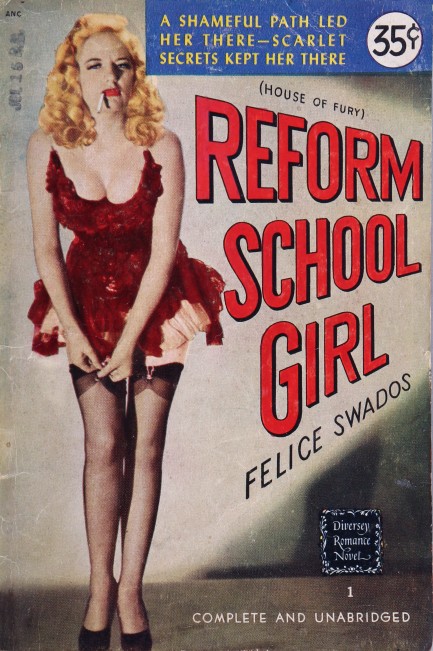
Would you believe someone was asking $900 for this copy of Felice Swados's Reform School Girl? It went unsold, but we've seen it go for around $400, which is an indication how rare it is. The story deals with assorted free spirits on lockdown at a home for wayward girls. It was published by Diversey in 1948, but originally appeared in 1941 as a Doubleday hardback called House of Fury.
Diversey had the genius idea to rework the cover art and ended up putting Canadian ice skater Marty Collins on the front, dressed far less demurely than in her competitive routines. Despite the look of the novel, Swados was a serious writer, which is why Reform School Girls focuses its plot on racial oppression and the dangerous decision by two of the cruelly treated black girls to bust out. There's also a nod to lesbianism, though not explicitly.
Swados cooked up a classic with this incendiary debut, but her rare skills—which even scored her an editorial gig at Time magazine—were never broadly showcased due to a case of cancer that killed her in 1945, when she was only twenty-nine. Way too early for someone who drew comparisons to William Faulkner and Carson McCullers.
| Vintage Pulp | Mar 31 2014 |

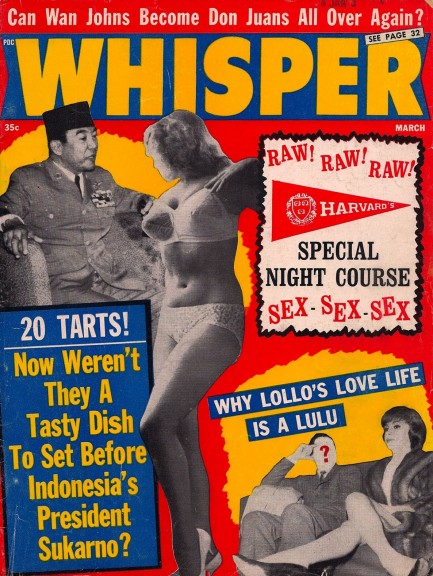
Whisper features a political figure on this cover from March 1964, namely Indonesian ruler Kusno Sosrodihardjo, later known as Sukarno, who we’re told was offered twenty prostitutes while visiting his country’s embassy in Copenhagen in 1961. In fact, the magazine goes on to claim that the embassy housed a brothel. Though it sounds like a typical tabloid tall tale, it’s actually true. Time magazine had written about it in its October 1963 issue, stating: A diplomat may be only a cookie pusher, but the kind of cookies pushed by Indonesia’s charge d’affaires in Copenhagen tumbled, not crumbled. Last week Danish police announced that Gustin Santawirja not only ran his country’s embassy, [snip] but was also a procurer on the side. Santawirja got into the tart trade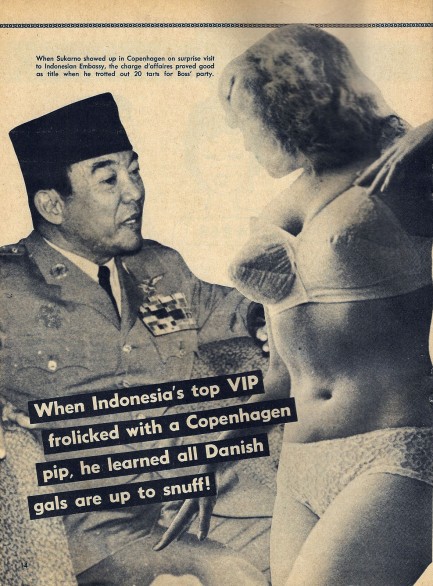
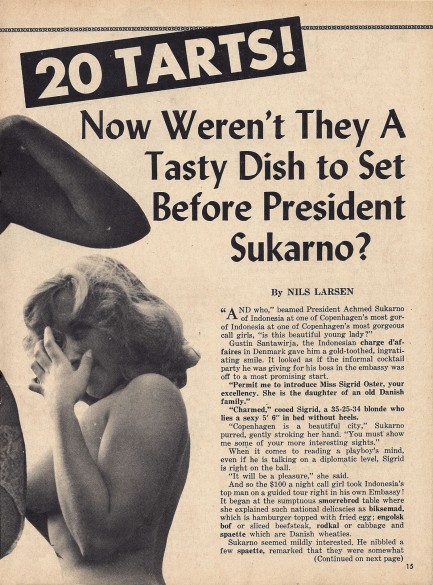
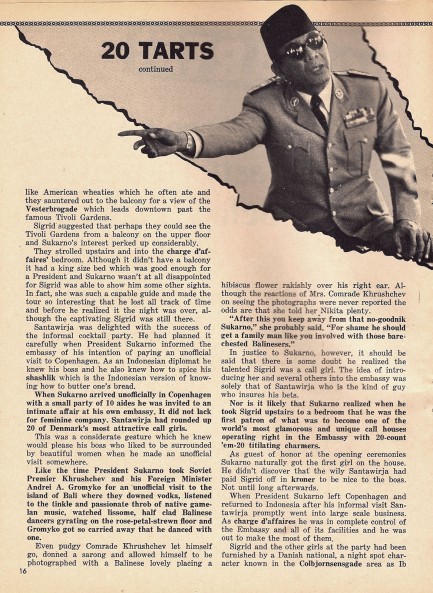
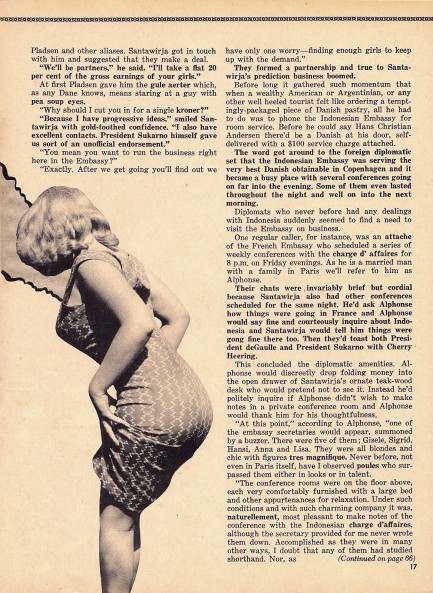 in 1961 when Indonesia's President Sukarno showed up in Copenhagen on an unofficial visit. Amiably, he rounded up some girls for the visiting entourage. So successful was the venture that he decided to supplement his entertainment allowance by running a fulltime poule hall. “Poule” is French for “hen,” by the way, and Whisper was correct, but it was also late to the party. We give no credit for publishing what was already widely known.
in 1961 when Indonesia's President Sukarno showed up in Copenhagen on an unofficial visit. Amiably, he rounded up some girls for the visiting entourage. So successful was the venture that he decided to supplement his entertainment allowance by running a fulltime poule hall. “Poule” is French for “hen,” by the way, and Whisper was correct, but it was also late to the party. We give no credit for publishing what was already widely known.
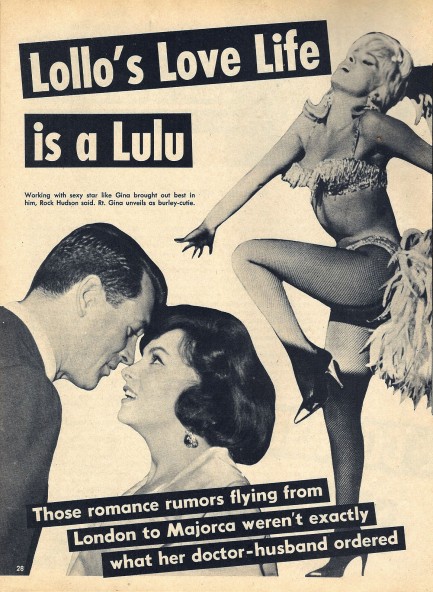
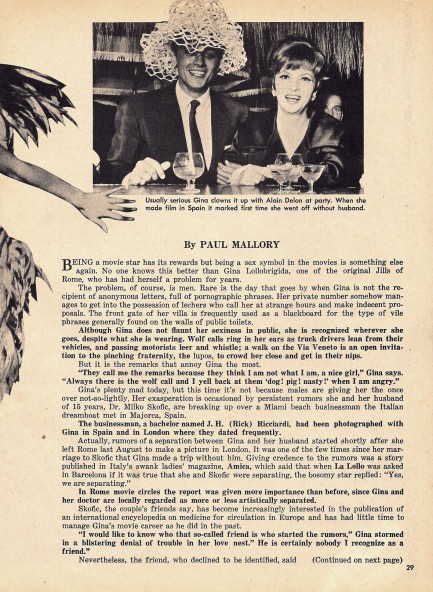
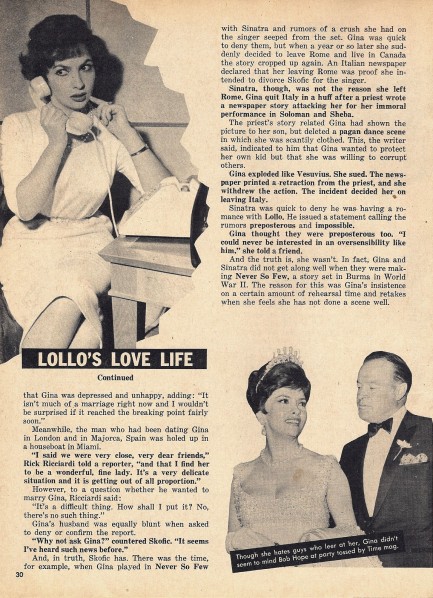

she fled back to Italy and, because Hughes owned her American contract, she was unable to make movies in the U.S. She became an international star just the same, acting exclusively in Europe, but having attained celebrity claimed it was difficult for her. She complained: “When I am with people I am constantly watched, and I can’t get used to this sort of thing—that they look at me as a chimpanzee in a zoo.” Sounds bad, but she eventually learned to enjoy it. In 2000 she commented to Parade magazine, “I’ve had many lovers and still have romances. I am very spoiled.” So it seems even the worst parts of celebrities’ lives aren’t really all that bad. Assorted scans below.
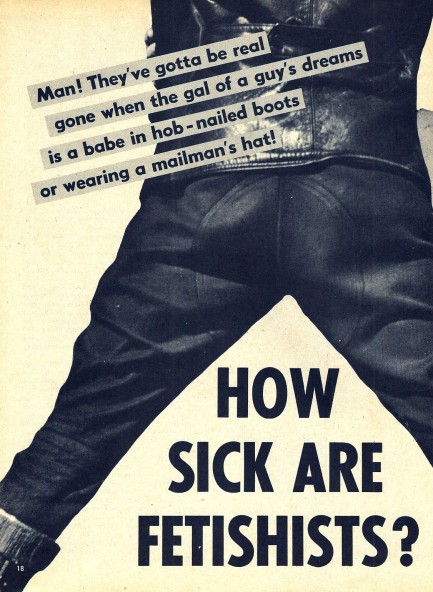
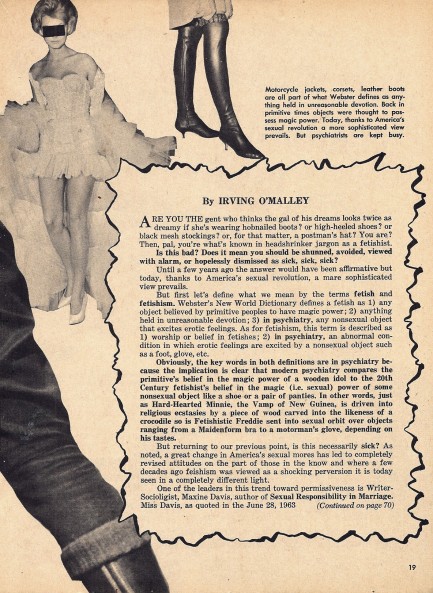
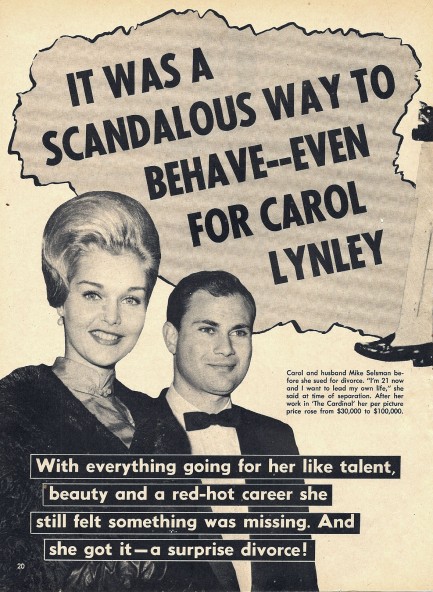
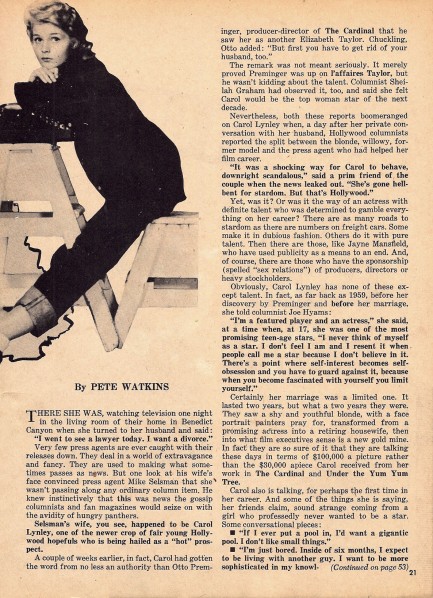
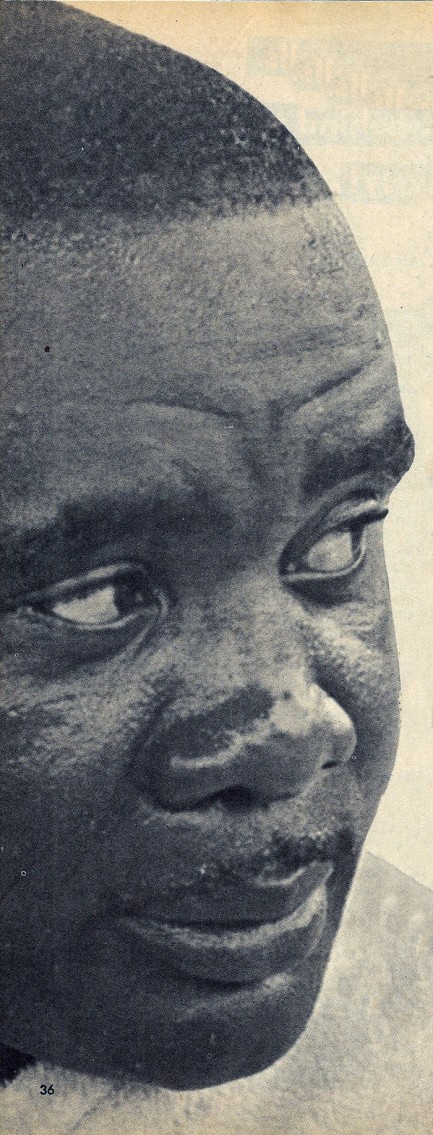
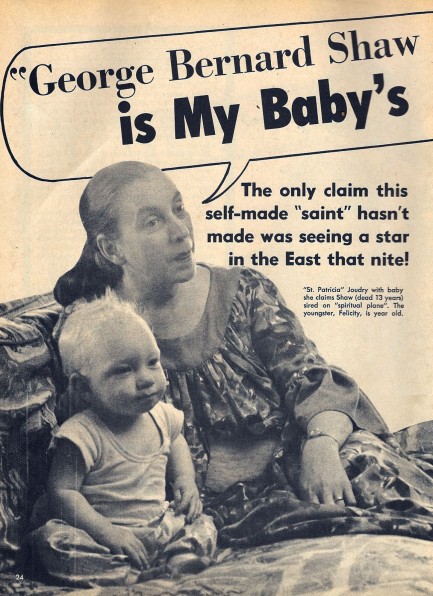
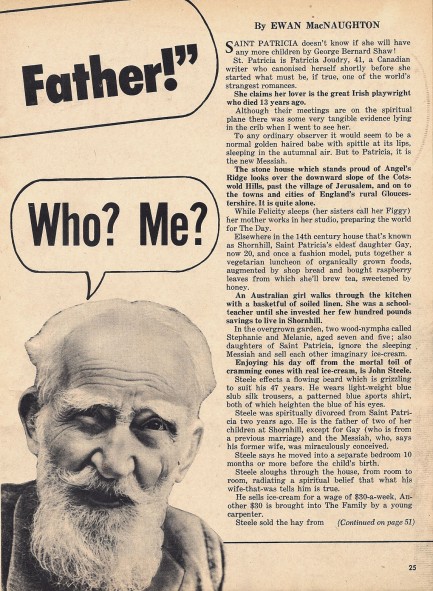
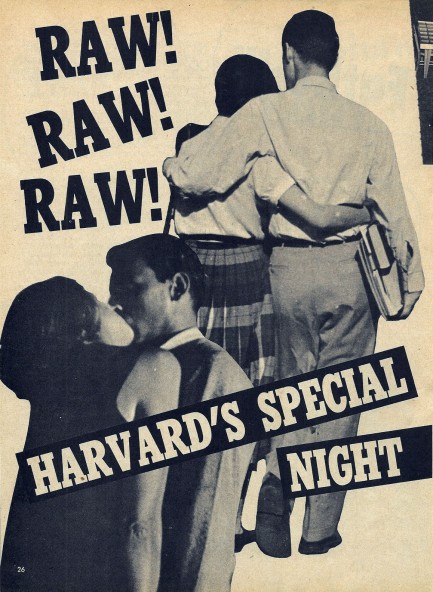
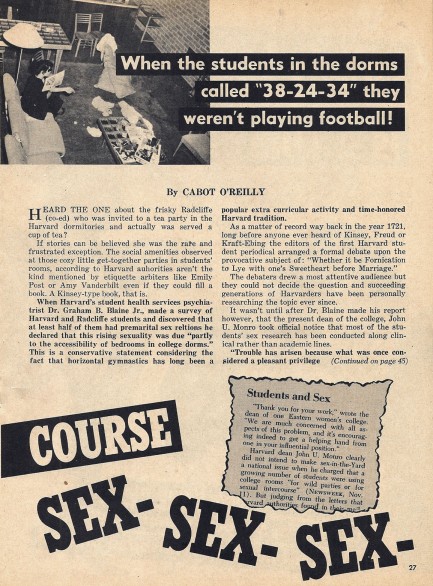

| Intl. Notebook | Sep 21 2011 |

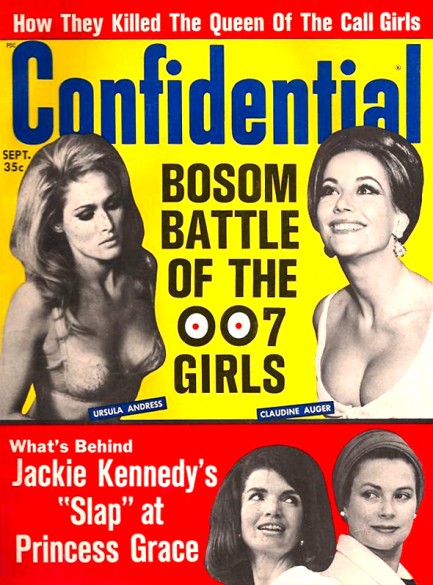
Above, a September 1966 Confidential with a rivalry theme featuring Ursula Andress vs. Claudine Auger, and Jackie Kennedy vs. Princess Grace. Andress and Auger are compared merely for their Bond girl qualities, but Kennedy and the Princess actually did have their resentful moments. These were detailed not just in the tabloid press—even supposedly sober magazines like Time reported on the feud. Perhaps it was inevitable. The two began as friendly acquaintances and ascended to positions of American royalty, a level that was surpassed by Grace Kelly when she became an actual royal with her marriage to Prince Rainier III of Monaco. A widowed Kennedy later married Greek tycoon Aristotle Onassis, who happened to be an epic business and political rival of Rainier. How epic? Rainier actually suspended Monaco's constitution to put an end to Onassis’ meddling in its internal affairs. So taking that into consideration, it’s amazing Jackie and the Princess never tried to choke each other out. But like everyone says, that was a much more polite age.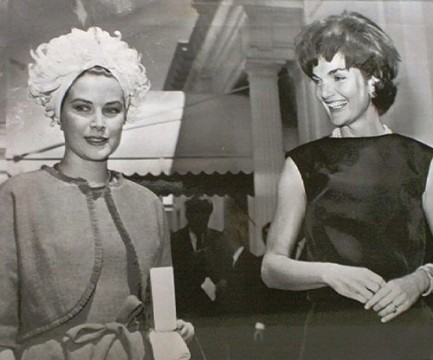
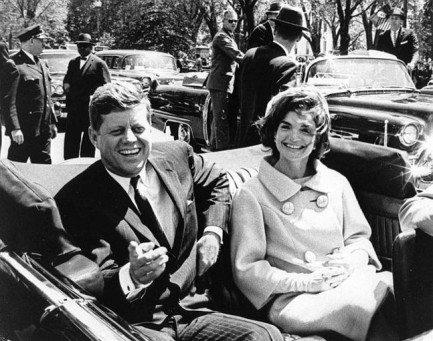

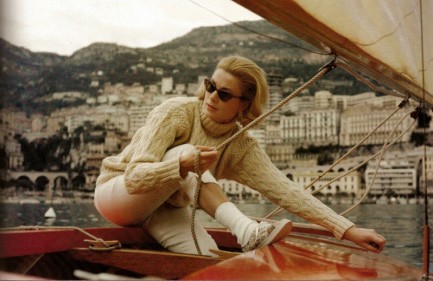
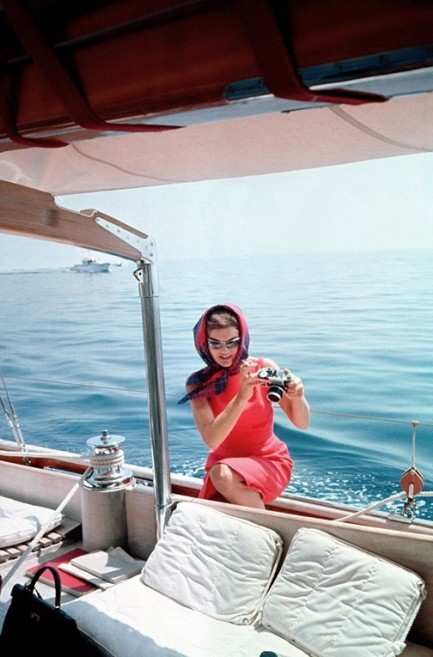
| Hollywoodland | Aug 6 2011 |

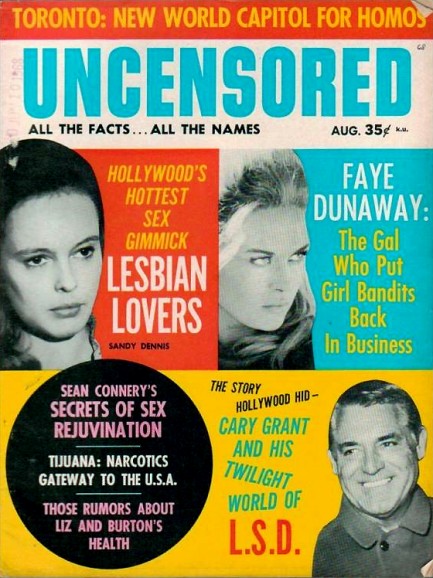
We’re back to the gossip magazine Uncensored today, with its info-packed cover telling us about gay Toronto, lesbian Hollywood, Sean Connery’s sex secrets and rumors about Liz Taylor and Richard Burton. But the standout item here (aside from the appearance of the non-word “rejuvination” and the misused term “capitol”) is the one on Cary Grant and his experimentation with LSD. Before the Beatles, Timothy Leary, and Carlos Castaneda, LSD was the drug of choice for a rarefied circle of glamorous elites who ingested it as part of their psychiatric therapy sessions. We’re talking about people as famous and diverse as aquatic actress Esther Williams, Time publisher Henry Luce, director Sidney Lumet, authors Aldous Huxley and Anais Nin, and composer André  Previn.
Previn.
Cary Grant never tried to keep his LSD use secret. In fact, he spoke glowingly about it in a 1959 interview with Look magazine, saying that it had brought him close to happiness for the first time in his life. He also said that LSD taught him immense compassion for other people, and had helped him conquer his own shyness and insecurity.
But by 1968 the U.S. government—which had experimented extensively with LSD in hopes of using it as a truth serum or a form of chemical warfare, and had dosed thousands of people both willingly and unwillingly—was moving toward declaring the drug illegal. Grant’s wife Dyan Cannon had famously cited LSD usage as a primary factor in seeking a 1967 divorce, and the counterculture embrace of the drug was beginning to frighten middle America and the White House. That’s the backdrop against which this August 1968 Uncensored appeared, and by October of the year LSD was illegal. But the fact that public opinion had shifted—or more accurately, had been pushed by a steady, government-initiated anti-LSD campaign—did not particularly harm Grant’s public standing.
When he died in 1986 he was still one of the most revered Hollywood actors ever. And about his LSD usage he had no regrets. Quite the opposite—he commented: “Yes, it takes a long time for happiness to break through either to the individual or nations. It will take just as long as people themselves continue to confound it. You’ll find that nowadays they put you away for singing and dancing in the street. ‘Here now, let’s have none of that happiness, my boy. You cut that out; waking up the neighbors!’ Those darn neighbors need waking up, I can tell you, constable!”




































































